Viet Nam - Oral health program in South Central Vietnam
Viet Nam - Oral health program in South Central Vietnam
by Erika Kakuta
Introduction
Maternal health problems including oral health problems like dental caries are major concern in Vietnam. The government needs strategies as to how to promote prevention of infectious diseases and dental caries.

This project was implemented from Feb. 2012 to Mar. 2015, in the southern-central area of Vietnam (site 1- Tayninh, site 2- Camau, site 3- Thua Thien Hue provinces) by the Bio-Medical-Science-Association (BMSA), a Japanese NGO and financially supported by the Ministry of Foreign Affairs of Japan. The counterpart in Vietnam is the Pasteur Institute in Ho Chi Minh City (HCMC), assigned by Ministry of Health (MOH) in Vietnam.

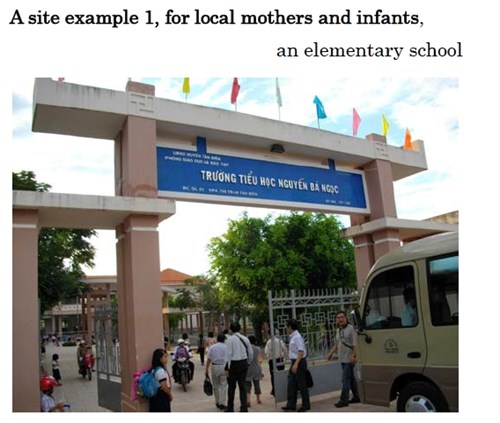




Background
The basic health situation is not optimal in Vietnam, especially when compared to the neighbouring countries. The risk of infectious diseases is high, resulting in high neonatal mortality rates in Vietnam. Additionally, between 1999 and 2007 the caries experience of deciduous teeth in 6-8 years old children increased in Hanoi (23% in caries prevalence and 50% increase in dmfs) and in Laocai (11% increase in caries prevalence and 9% increase in dmfs)1. However, health and oral health checkup system and the infectious diseases evaluations are insufficient.
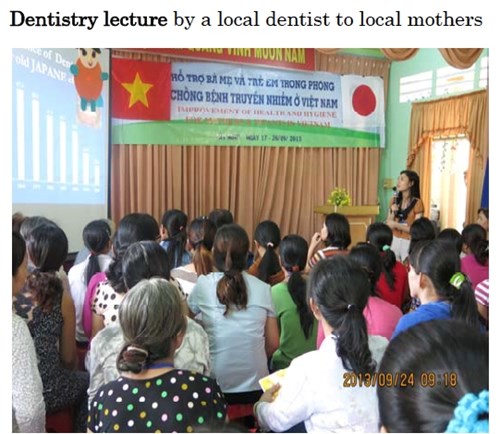
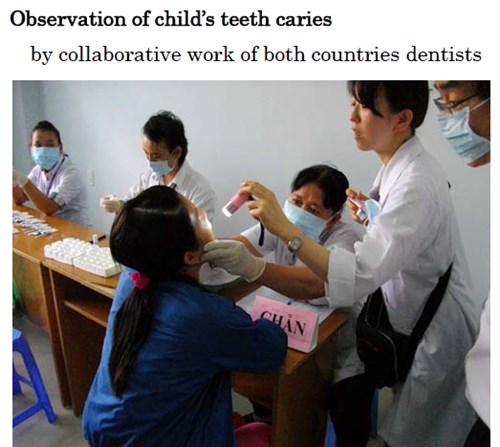

Project Outline
The aim of this project was to improve the morbidity and mortality of mothers with infectious diseases and prevent dental diseases, by training Vietnamese medical, health care staffs and local residents in health and oral health education (Figure 1).
The oral health education training program included basic causes of dental caries, importance of prevention from Streptococcus mutans infection, and an effective teeth brushing method for infants and children.
It was aimed at improvement of daily lifestyle habits and prevention infectious diseases on local mothers and their infants, from standing point of their health and hygiene situation.
Lectures, performances, and small group interviews were carried out by Vietnamese and Japanese medical, health care staffs.
Surveillance of dental caries and causative bacteria (Streptococcus mutans) were examined by local health care staffs. The level of Streptococcus mutans was examined by immunochromatography kits.

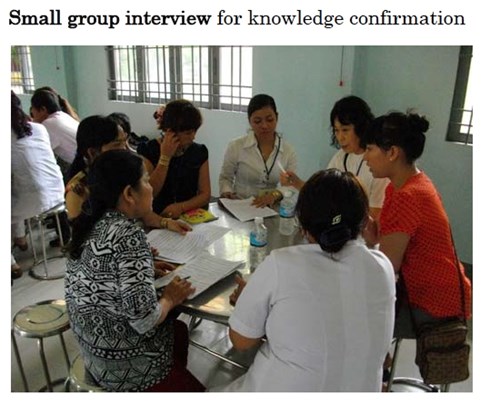

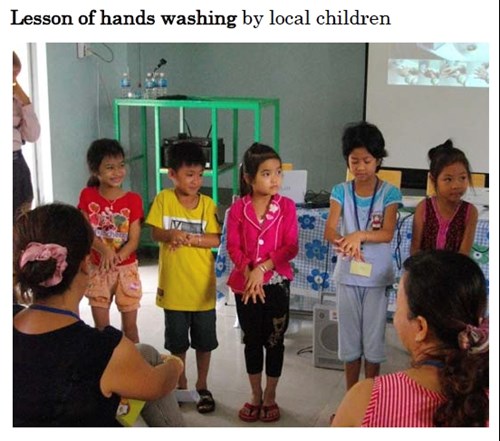
Outcome
- In this project, Streptococcus mutans carriers were around 90%.
- The prevalence of dental caries was around 90%.
- These results suggest that the rate of Streptococcus mutans carriers and the prevalence of dental caries were higher than high income countries.
- BMSA expects MOH and the local governments to promote preventive countermeasures including their daily lifestyle habits improvement like teeth brushing.
Conclusion
Daily lifestyle habits improvement including oral health might be important to prevention of infectious diseases. This project suggested that the effective health checkup in Vietnam was necessary and furthermore oral health intervention projects for dental caries prevention will be necessary in next step.

Reference
International Dental conference on “Caries Control throughout Life in Asia” November 20-22, 2013, Krabi, Thailand.
